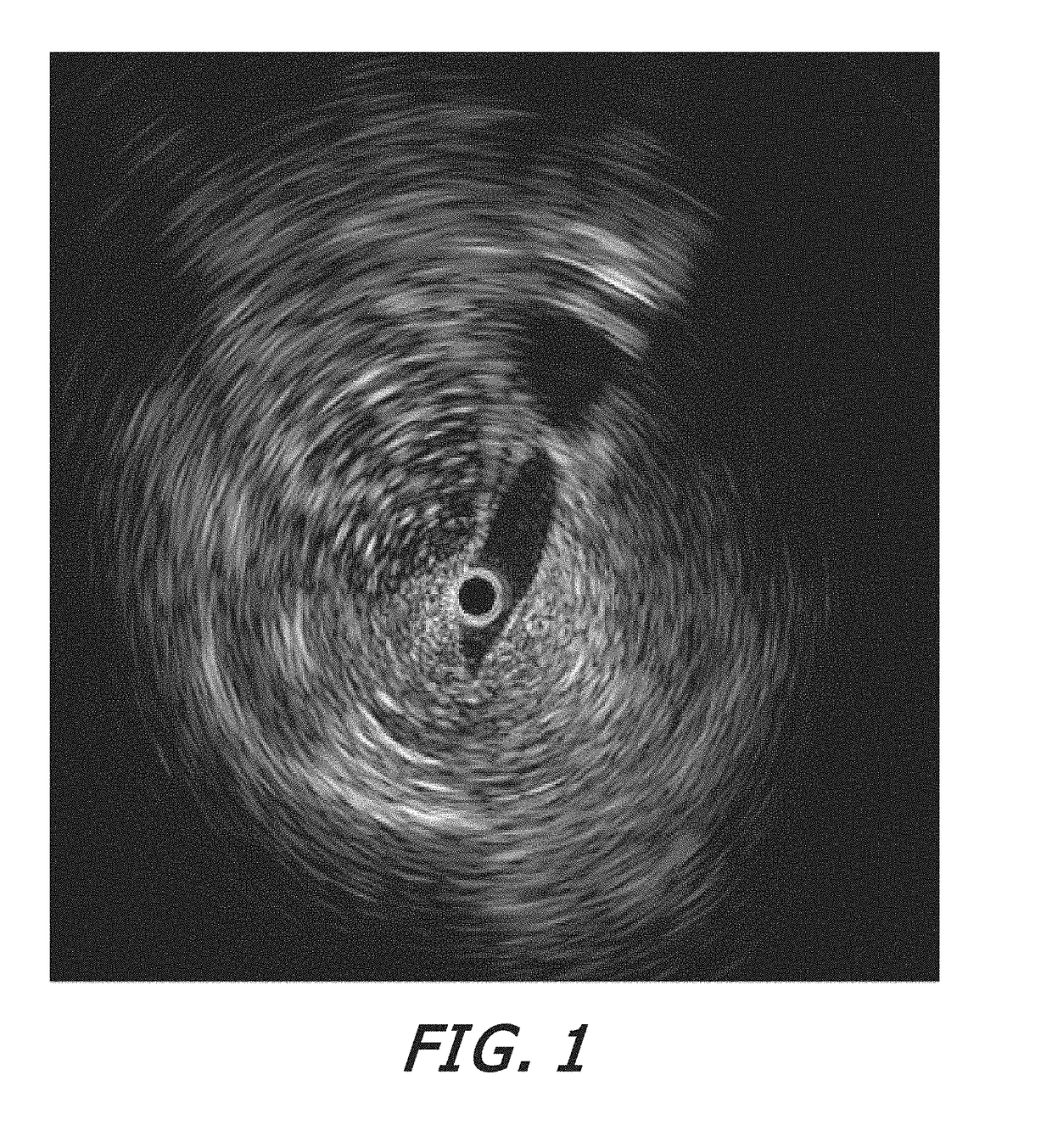Method for Diagnosing and Treating Hemorrhoids
a hemorrhoids and hemorrhoids technology, applied in the field of hemorrhoids diagnosis and treatment, can solve the problems of internal hemorrhoids becoming inflamed and swollen, increasing the pressure of small blood vessels, and preventing their reoccurren
- Summary
- Abstract
- Description
- Claims
- Application Information
AI Technical Summary
Benefits of technology
Problems solved by technology
Method used
Image
Examples
example 1
A Clinical Study Performed on 20 Patients with Hemorrhoids
[0040]Twenty (20) human subjects with hemorrhoids were selected for the study. Appropriate disclosures regarding the study were made and consents were obtained. Visual inspection of each subject was made to confirm the presence of hemorrhoids. Each subject was further examined by performing iliocavography to determine if there was a stenosis in or a compression of an iliac vein of the subject. Iliac vein study was conducted by Intra Vascular Ultrasound (IVUS) visualization of the common and external iliac veins. In each case, common iliac vein lumen stenosis or extrinsic vein compression (IVSEC) was found. In accordance with the recognition that obstruction or occlusion of the iliac veins may increase local venous pressure in the area of the lower rectum and anus, thereby causing hemorrhoids, a self-expanding metallic stent (Wallstent™, manufactured by Boston Scientific, Minneapolis, Minn.) was implanted in the stenosed or co...
example 2
A Clinical Study Performed on 5 Patients with Grade>1 Hemorrhoids
[0043]Five (5) human subjects with hemorrhoids were selected for the study. Appropriate disclosures regarding the study were made and consents were obtained. Visual inspection of each subject was made to confirm the presence of hemorrhoids. Each subject was further examined by non-invasive medical imaging systems, specifically, color Doppler ultrasonography of the lower extremities and pelvis to identify any obstructive lesions. Computed tomographic venography or magnetic resonance venography was performed in all subjects in an attempt to identify compressive iliac vein pathology, for instance a May-Thurner syndrome. No preoperative iliocavography was performed.
[0044]The subjects were provided with local anesthesia and sedation. The following procedures were performed in an operating room. The iliac veins of the subject were accessed via the femoral vein, which connects to the external iliac vein and then to the common...
PUM
 Login to View More
Login to View More Abstract
Description
Claims
Application Information
 Login to View More
Login to View More - R&D
- Intellectual Property
- Life Sciences
- Materials
- Tech Scout
- Unparalleled Data Quality
- Higher Quality Content
- 60% Fewer Hallucinations
Browse by: Latest US Patents, China's latest patents, Technical Efficacy Thesaurus, Application Domain, Technology Topic, Popular Technical Reports.
© 2025 PatSnap. All rights reserved.Legal|Privacy policy|Modern Slavery Act Transparency Statement|Sitemap|About US| Contact US: help@patsnap.com



